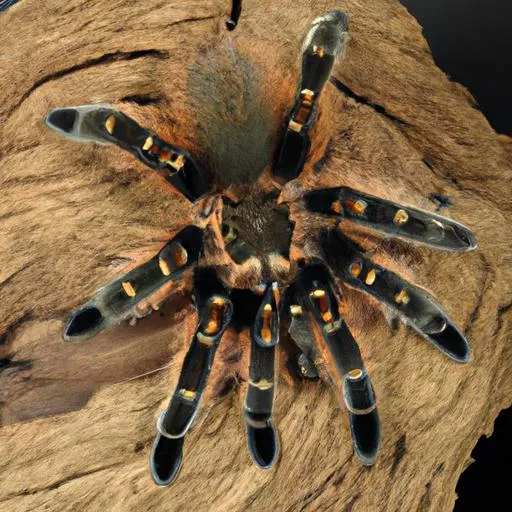Understanding the Curly Hair Tarantula
The Curly Hair Tarantula (Tliltocatl albopilosus), known for its distinctive fuzzy appearance, is a popular choice for both novice and experienced tarantula keepers. Native to the tropical rainforests of Central America, particularly Costa Rica, these arachnids are prized for their relatively docile temperament and manageable care requirements. Understanding their natural habitat and behavior is the first step towards providing the best possible environment for a thriving and content pet. Their unique appearance, coupled with their generally calm demeanor, makes them fascinating creatures to observe and care for. Their lifespan is also a key factor, with females living up to 10 years or more, which is a significant commitment for any pet owner.
Origin and Habitat
Originating from the humid rainforests of Costa Rica and surrounding areas, the Curly Hair Tarantula thrives in a warm and moist environment. In the wild, they typically burrow in the ground, often under logs, rocks, or leaf litter, providing them with shelter and protection from predators. Their natural habitat provides them with the humidity and temperature gradients crucial for their survival. Replicating these conditions in captivity is essential for their health and well-being. Understanding their natural environment helps in designing an appropriate enclosure, and implementing the right humidity and temperature conditions. The availability of shelter, similar to their wild burrows, is crucial for their psychological well-being and security.
Appearance and Characteristics
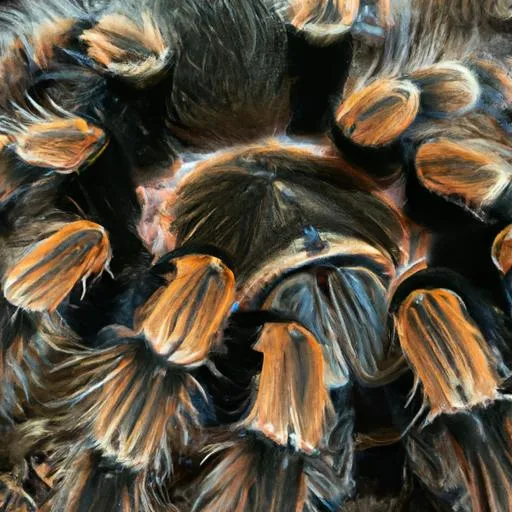
The name ‘Curly Hair’ comes from the tarantula’s characteristic hairs that have a curly appearance, especially on the legs and carapace. These hairs are a light brown color, often appearing golden in certain light conditions. They have a relatively sturdy build and can grow to a leg span of up to 6 inches. Their coloration can vary slightly depending on the individual, but generally, they are a dark brown or black with the defining curly hairs. They also possess urticating hairs on their abdomen, which they can flick off as a defense mechanism. These hairs can cause irritation to the skin and eyes, so caution is always advised when handling these spiders. These spiders are a sight to behold, their fuzzy appearance adding to their charm for many pet owners.
Creating the Perfect Enclosure
Creating a suitable habitat is crucial for the health and happiness of your Curly Hair Tarantula. The enclosure should mimic their natural environment as closely as possible, providing shelter, appropriate humidity, and temperature. A well-designed enclosure not only caters to the physical needs of the tarantula but also provides enrichment and a sense of security. Proper setup minimizes stress, reduces the likelihood of behavioral problems, and makes it easier for you to observe and enjoy your pet. Regular maintenance of the enclosure is equally important, ensuring a clean and healthy environment. This includes removing uneaten food, cleaning the water dish, and monitoring humidity levels.
Enclosure Size and Type
A ten-gallon tank or a similar sized enclosure is generally suitable for an adult Curly Hair Tarantula, though larger is always better. The enclosure should be well-ventilated, with a secure lid to prevent escape. Avoid glass enclosures that may be difficult to ventilate. A front-opening terrarium is often preferred, as it allows for easier access for feeding and maintenance. The size of the enclosure should allow for ample space for the tarantula to move around and create a burrow, if it chooses to. Keep in mind the tarantula’s eventual size. Ensure there are no gaps or escape routes. The enclosure should be placed in a location away from direct sunlight and drafts to maintain stable temperatures and humidity.
Substrate and Furnishings
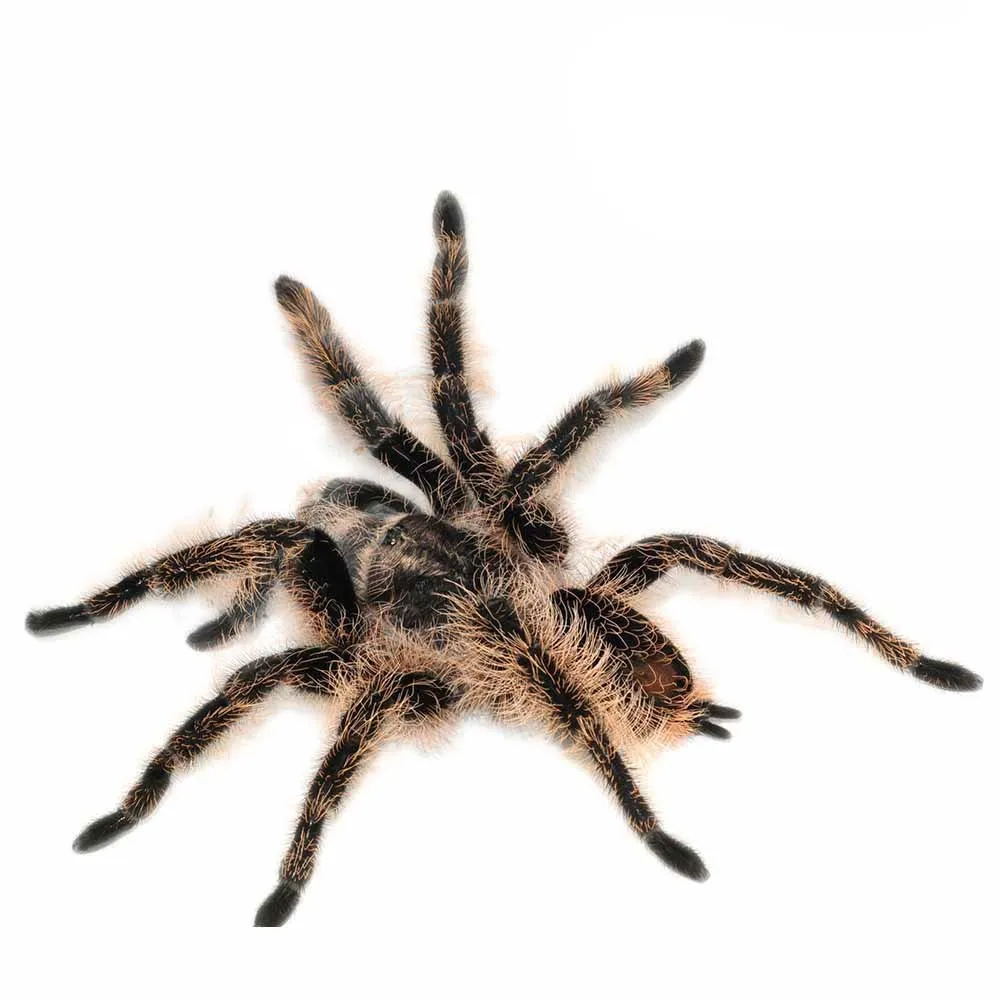
The substrate should be a mix of materials that retain moisture and allows the tarantula to burrow. A mixture of coconut fiber, peat moss, and a little bit of vermiculite works very well. The substrate should be deep enough to allow the tarantula to burrow comfortably, typically 4-6 inches. Provide hiding places such as cork bark, half logs, or artificial plants to create a sense of security. These provide the tarantula with places to hide, which is very important. A shallow water dish, large enough for the tarantula to drink from, is also essential. Make sure the water dish is stable and does not tip over easily. Ensure the enclosure contains no sharp objects or anything that might harm the tarantula. The layout should allow for easy access for cleaning and maintenance.
Temperature and Humidity
Curly Hair Tarantulas thrive in a warm and humid environment, typically between 75-85°F (24-29°C). Use a heat mat or a low-wattage heat lamp to maintain the temperature. Always make sure the heat source does not directly touch the enclosure to prevent burns. The humidity level should be kept between 65-75%, which you can achieve by misting the enclosure with water a few times a week. A hygrometer is useful for monitoring humidity levels. Too much humidity can lead to mold growth, while not enough can lead to problems with molting. Proper ventilation is also essential to prevent mold and maintain air quality. Regular monitoring and adjustments are key to providing a comfortable environment. Ensure the temperature is stable to minimize stress on the tarantula.
Feeding Your Curly Hair Tarantula
Feeding your Curly Hair Tarantula is a straightforward process. It involves providing the appropriate type and size of insects, along with a proper feeding schedule. A well-fed tarantula is a healthy tarantula. Understanding the nutritional needs of your tarantula is crucial for its growth and well-being. Fresh, healthy insects are essential for providing the necessary nutrients. It is equally important to avoid overfeeding, as this can lead to health problems. Proper feeding contributes to the overall health and lifespan of the spider. Regularly observe your tarantula’s feeding habits and adjust the diet as needed.
Diet and Feeding Frequency
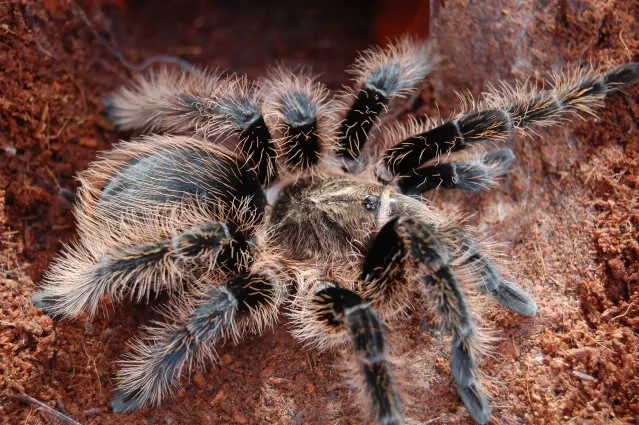
Curly Hair Tarantulas are insectivores, primarily eating crickets, mealworms, and roaches. The size of the prey should be appropriate for the tarantula’s size; the insect should be no larger than the tarantula’s abdomen. Feed juveniles 2-3 times a week, and adults once a week or every other week. Remove any uneaten food within 24 hours to prevent mold growth and maintain a clean enclosure. Adjust the feeding schedule based on the tarantula’s appetite and molting cycle. Overfeeding can lead to a shorter lifespan. Ensure the insects are gut-loaded (fed nutritious food) before feeding them to your tarantula to maximize their nutritional value. Avoid feeding wild-caught insects, as they may carry parasites or pesticides.
Water and Hydration
Fresh, clean water is essential for your Curly Hair Tarantula. Provide a shallow water dish filled with fresh water at all times. Use a water dish that is easily accessible and stable to prevent spills. Change the water at least every other day, or more frequently if it becomes dirty. Avoid using tap water, as it may contain chemicals. Filtered or bottled water is preferred. You can also mist the enclosure lightly with water a few times a week to maintain humidity and provide another source of hydration. Regularly monitor the water level and make sure it remains clean. The availability of clean water is critical for the tarantula’s health and hydration.
Handling and Interaction
Handling a Curly Hair Tarantula is generally discouraged unless necessary, as it can be stressful for the tarantula. They are not aggressive spiders, but they can bite if they feel threatened, and their urticating hairs can cause skin irritation. It’s best to admire them from a distance and respect their space. When you must handle them, do so with caution and only when you are confident and prepared. Handling should be kept to a minimum. Always wash your hands before and after handling your tarantula to prevent the spread of bacteria and diseases. Observe your tarantula’s behavior and body language to gauge its comfort level.
Safe Handling Practices
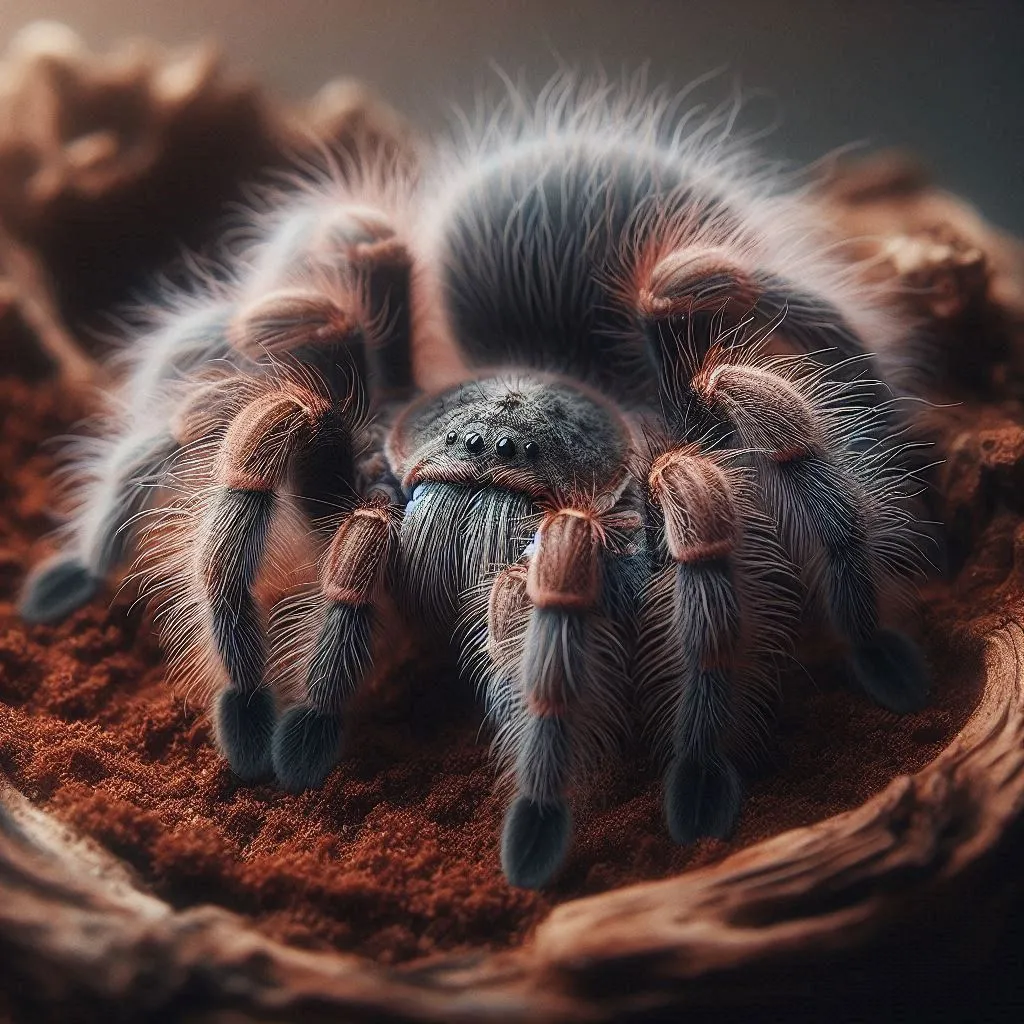
If you choose to handle your Curly Hair Tarantula, do so with great care. The best method is to gently coax the tarantula onto your open hand, allowing it to walk rather than grabbing or forcing it. Always handle the tarantula over a soft surface, such as a bed or a carpet, to prevent injury if it falls. Avoid sudden movements or loud noises, as these can startle the tarantula. Never handle a tarantula that is about to molt, as their exoskeletons are very fragile during this time. Always wash your hands before and after handling the spider. If you are bitten, seek medical attention if symptoms are severe. A calm approach is essential for a positive interaction.
Recognizing Stress and Behavior
Observe your Curly Hair Tarantula’s behavior to understand its well-being. Signs of stress include a defensive posture, such as raising their front legs or displaying their fangs, or flicking urticating hairs. Other indicators include excessive hiding, loss of appetite, and lethargy. A healthy tarantula will typically be active during the evening and night. They may rearrange their substrate or create burrows. Learn to distinguish between normal behavior and signs of distress. If you observe signs of stress, review the environmental conditions and care practices. Make sure your tarantula feels safe and secure. Adjust the enclosure or handling practices if you detect signs of distress.
Health and Common Issues
Like any pet, Curly Hair Tarantulas can experience health issues. Knowing the common problems and how to address them is essential for responsible tarantula ownership. Most health issues can be prevented with proper care and attention to detail. Regular observation and proactive care are the keys to maintaining your tarantula’s health. Recognizing early signs of illness can allow for prompt treatment. Proper diet, humidity, and a clean enclosure all contribute to a healthy tarantula.
Identifying and Treating Common Ailments
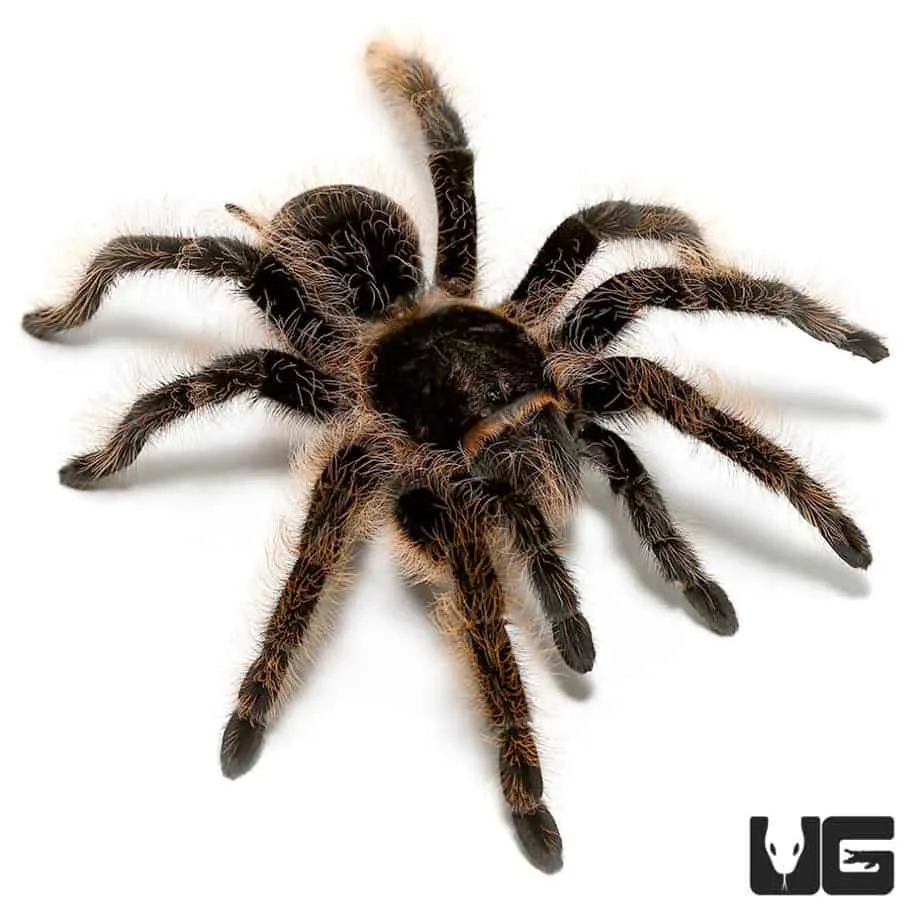
Common health issues include mites, fungal infections, and parasites. Mites can often be identified as small, moving dots on the tarantula or in the enclosure. They can be treated by improving ventilation and cleaning the enclosure. Fungal infections often appear as discolorations on the tarantula’s body. Preventative measures include maintaining proper humidity and good ventilation. Parasites are rare in captive-bred tarantulas, but can be introduced through live prey. Quarantine new additions and examine them. Consult a veterinarian with experience in invertebrates for more serious issues. Maintaining a clean and appropriate environment is the best way to prevent these problems.
Molting Process
Molting is a natural process where a tarantula sheds its exoskeleton to grow. The tarantula will typically stop eating and may appear lethargic before molting. It will often lie on its back during this process. Do not disturb the tarantula during molting. Provide increased humidity and avoid handling the tarantula until its new exoskeleton hardens. Once the tarantula has molted, it will be more vulnerable. The exoskeleton will be very soft and fragile at first. The process can take several hours to complete. After molting, the tarantula will typically become more active and start eating again. You may see a lot of color change after the molt.
Breeding and Reproduction
Breeding Curly Hair Tarantulas can be a rewarding experience, but it requires careful planning and understanding. It is important to ensure that both the male and female tarantulas are healthy and mature enough to breed. This process can be complex. Successful breeding relies on providing the right conditions. Understanding the process from mating to spiderling care is essential for responsible breeding. If you’re considering breeding your tarantulas, be prepared for the responsibility of raising spiderlings.
Mating Behavior
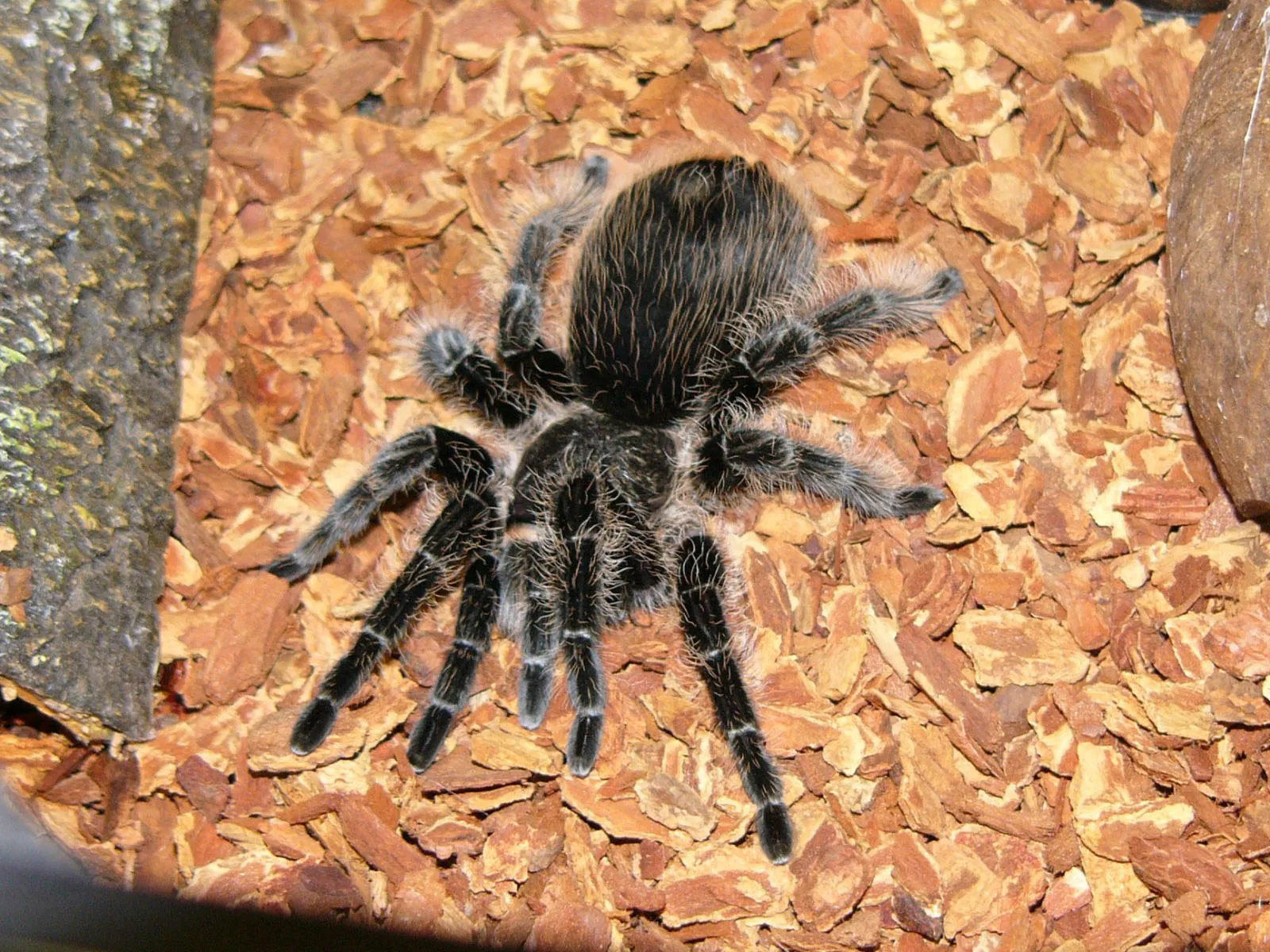
Mating Curly Hair Tarantulas involves introducing a mature male to a receptive female. The male will typically drum on the substrate to attract the female. The female may accept the male or may attack him. If the female accepts the male, mating can occur. The process can be dangerous for the male; he may be eaten if the female is not receptive or feels threatened. After mating, it’s important to separate the male from the female to prevent the female from consuming him. The female will lay her eggs a few months later. Provide the female with a safe and stable environment for egg production.
Egg Sac and Spiderling Care
The female Curly Hair Tarantula will create an egg sac, which she will guard carefully. After the eggs hatch, the spiderlings will molt several times before becoming independent. It is important to separate the spiderlings into individual enclosures to prevent cannibalism. Provide a suitable substrate and a small water source for the spiderlings. Feed the spiderlings small insects, such as fruit flies or pinhead crickets. The spiderlings grow quickly and require regular feeding. They are very vulnerable during this stage, and careful monitoring is essential. Providing optimal conditions increases their chances of survival. Adjust care as the spiderlings grow.
Conclusion
Caring for a Curly Hair Tarantula can be a rewarding experience. With the right knowledge and care, you can provide a healthy and enriching environment for your pet. Remember that consistency in care and attention to the specific needs of your tarantula are essential for its well-being. Regularly observe your tarantula and monitor its behavior, appetite, and overall condition. Always prioritize the health and safety of your tarantula. By following these care tips, you can enjoy the unique experience of keeping this fascinating species and contribute to its long and healthy life. Enjoy the journey of tarantula ownership.
